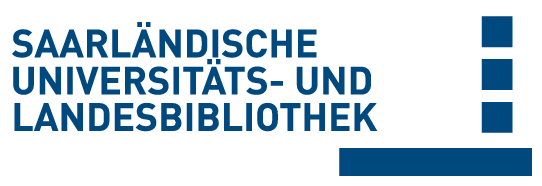Please use this identifier to cite or link to this item:
Volltext verfügbar? / Dokumentlieferung
doi:10.22028/D291-34599 | Title: | Oscillatory Microrheology, Creep Compliance and Stress Relaxation of Biological Cells Reveal Strong Correlations as Probed by Atomic Force Microscopy |
| Author(s): | Flormann, Daniel A. D. Anton, C. Pohland, M. O. Bautz, Y. Kaub, Kevin Terriac, Emmanuel Schäffer, T. E. Rheinlaender, Johannes Janshoff, A. Ott, Albrecht Lautenschläger, Franziska |
| Language: | English |
| Title: | Frontiers in physics |
| Volume: | 9 |
| Issue: | 472 |
| Publisher/Platform: | Frontiers |
| Year of Publication: | 2021 |
| Publikation type: | Journal Article |
| Abstract: | The mechanical properties of cells are important for many biological processes, including wound healing, cancers, and embryogenesis. Currently, our understanding of cell mechanical properties remains incomplete. Different techniques have been used to probe different aspects of the mechanical properties of cells, among them microplate rheology, optical tweezers, micropipette aspiration, and magnetic twisting cytometry. These techniques have given rise to different theoretical descriptions, reaching from simple Kelvin-Voigt or Maxwell models to fractional such as power law models, and their combinations. Atomic force microscopy (AFM) is a flexible technique that enables global and local probing of adherent cells. Here, using an AFM, we indented single retinal pigmented epithelium cells adhering to the bottom of a culture dish. The indentation was performed at two locations: above the nucleus, and towards the periphery of the cell. We applied creep compliance, stress relaxation, and oscillatory rheological tests to wild type and drug modified cells. Considering known fractional and semi-fractional descriptions, we found the extracted parameters to correlate. Moreover, the Young’s modulus as obtained from the initial indentation strongly correlated with all of the parameters from the applied power-law descriptions. Our study shows that the results from different rheological tests are directly comparable. This can be used in the future, for example, to reduce the number of measurements in planned experiments. Apparently, under these experimental conditions, the cells possess a limited number of degrees of freedom as their rheological properties change. |
| DOI of the first publication: | 10.3389/fphy.2021.711860 |
| URL of the first publication: | https://www.frontiersin.org/articles/10.3389/fphy.2021.711860/full |
| Link to this record: | hdl:20.500.11880/31815 http://dx.doi.org/10.22028/D291-34599 |
| ISSN: | 2296-424X |
| Date of registration: | 4-Oct-2021 |
| Faculty: | NT - Naturwissenschaftlich- Technische Fakultät |
| Department: | NT - Physik |
| Professorship: | NT - Jun.-Prof. Dr. Franziska Lautenschläger |
| Collections: | SciDok - Der Wissenschaftsserver der Universität des Saarlandes |
Files for this record:
There are no files associated with this item.
Items in SciDok are protected by copyright, with all rights reserved, unless otherwise indicated.

